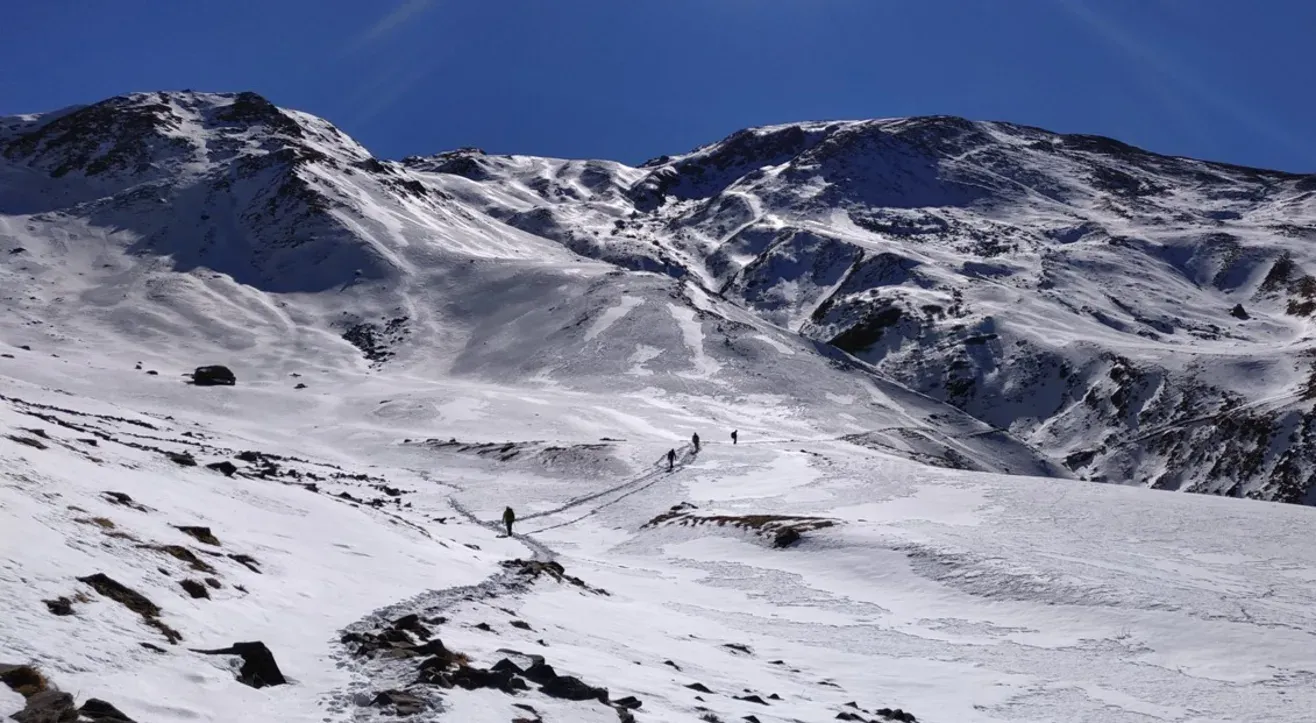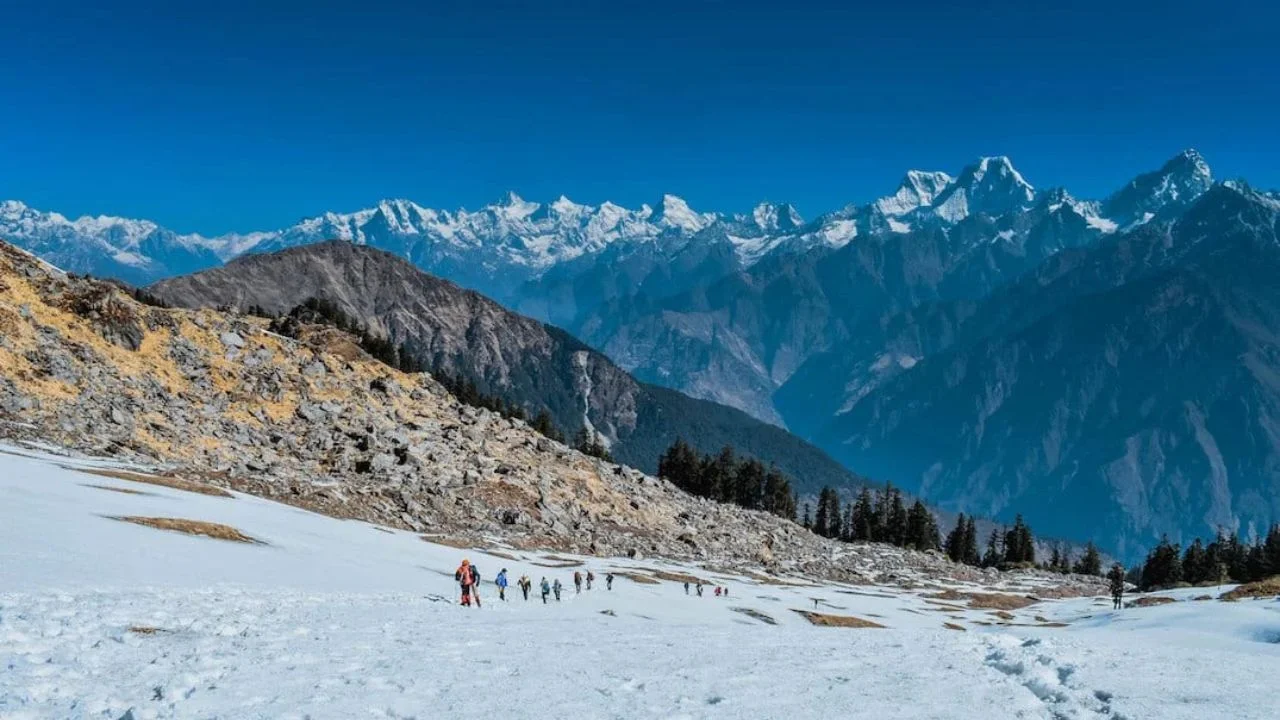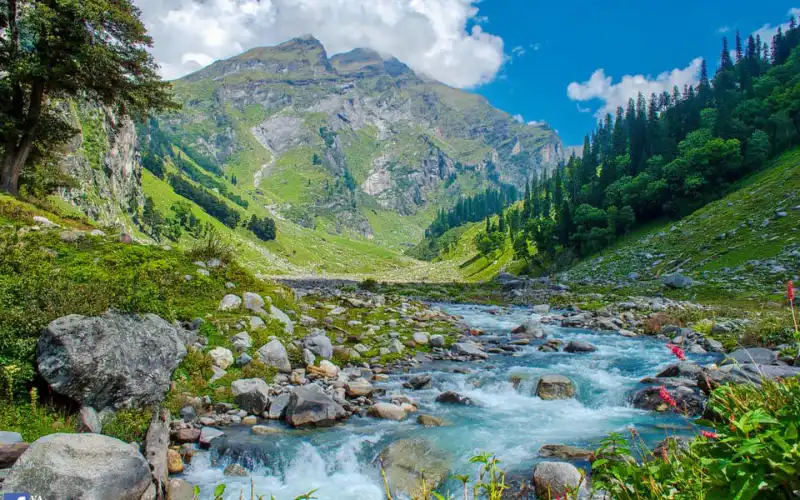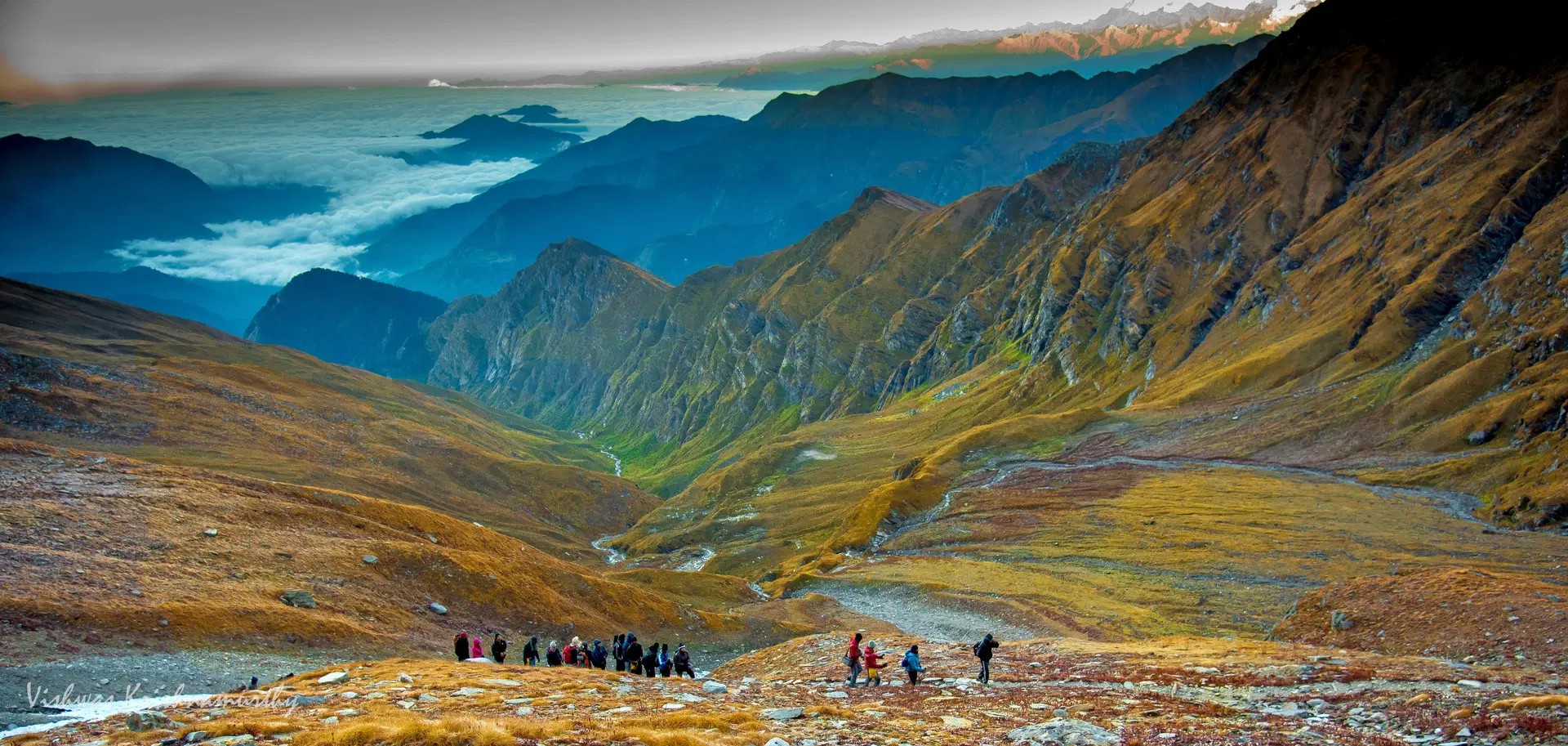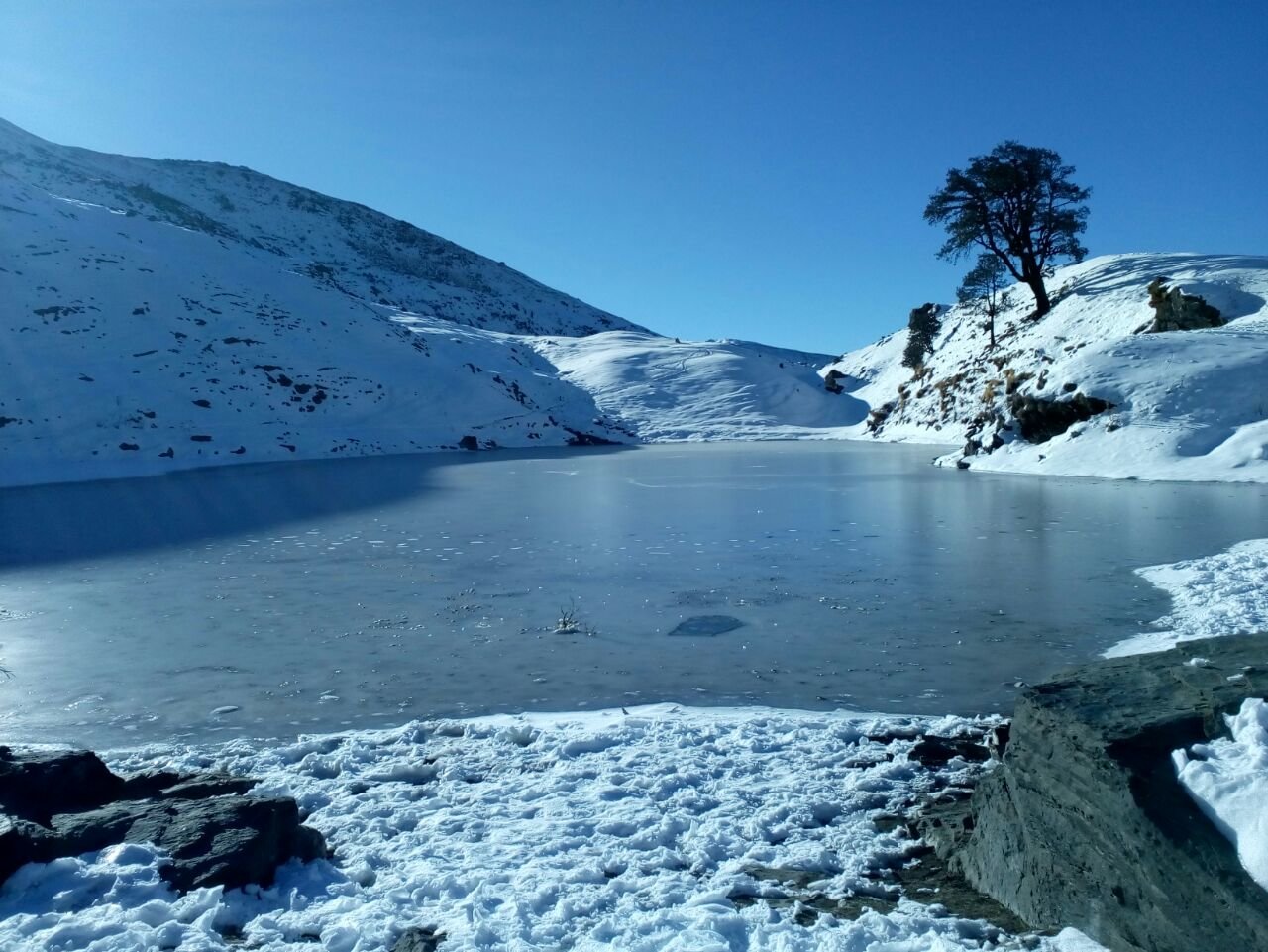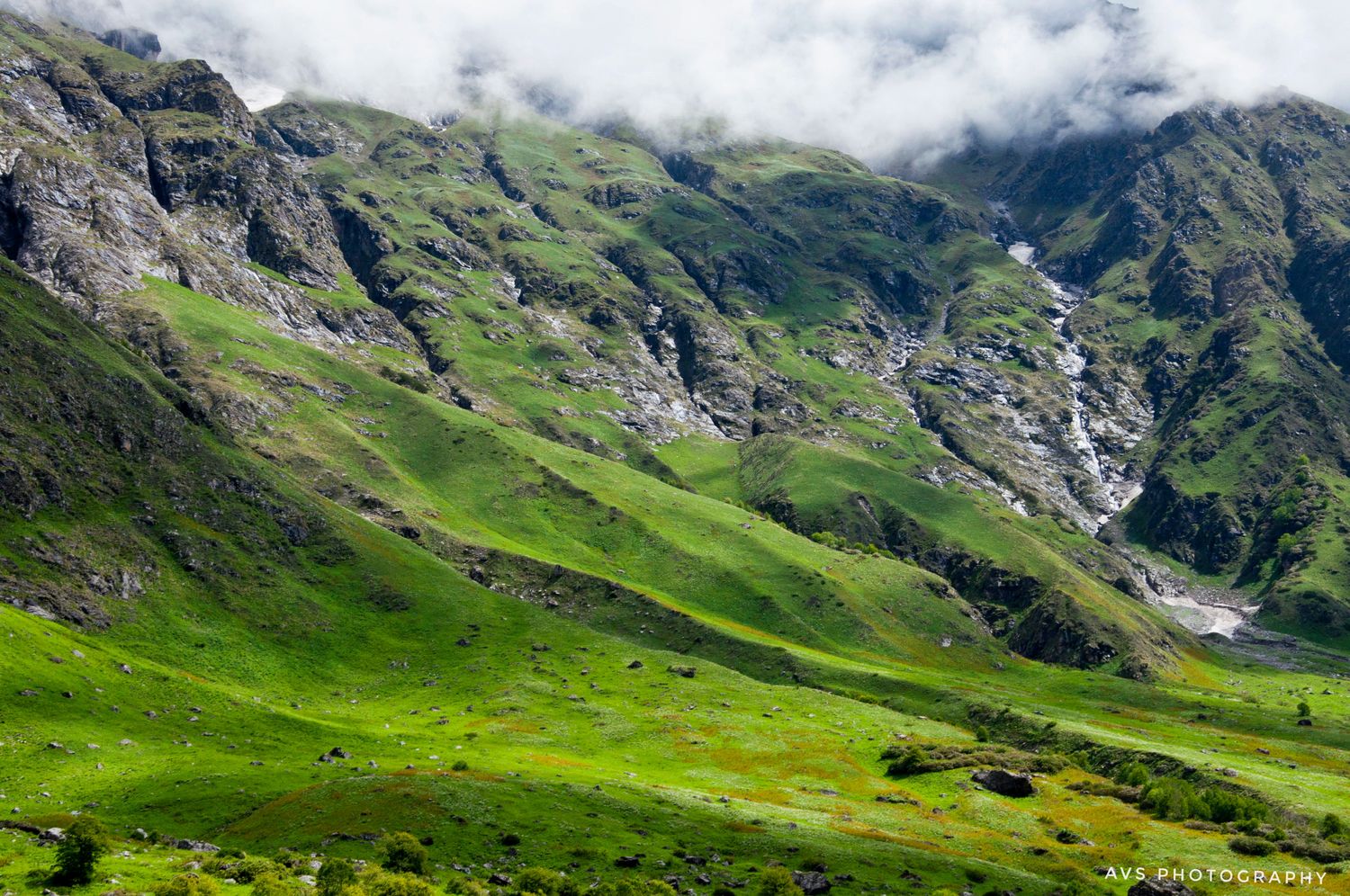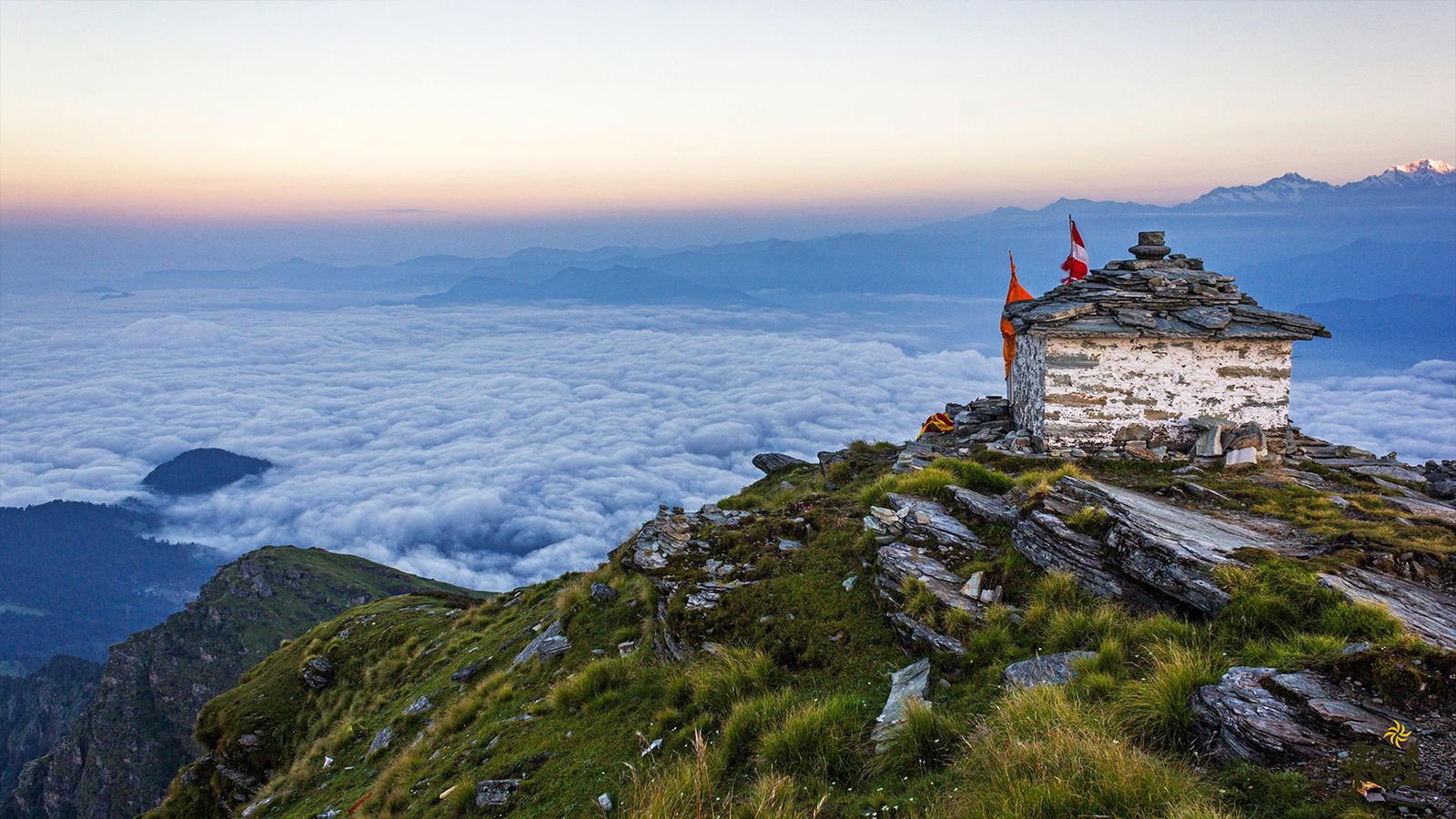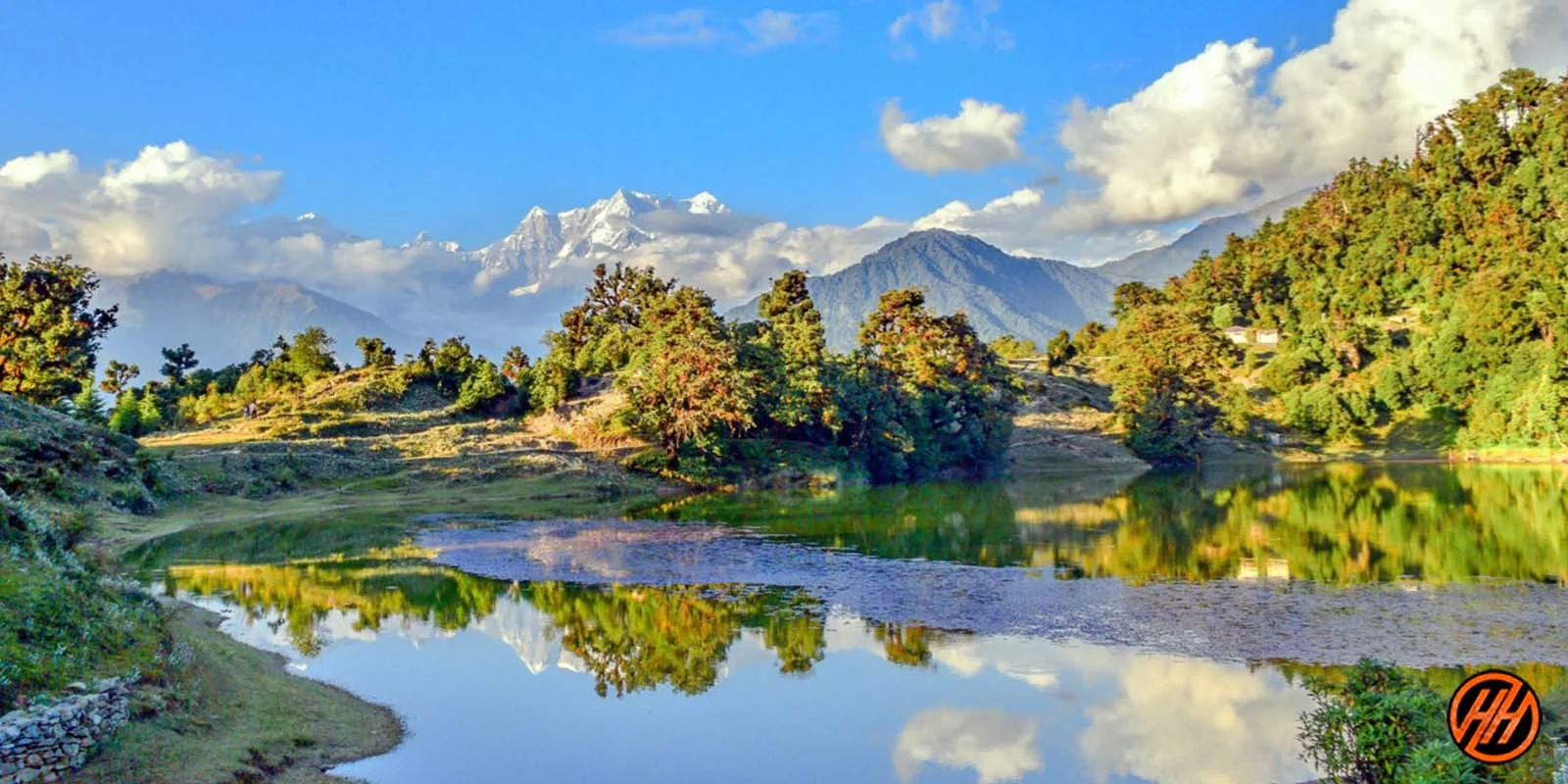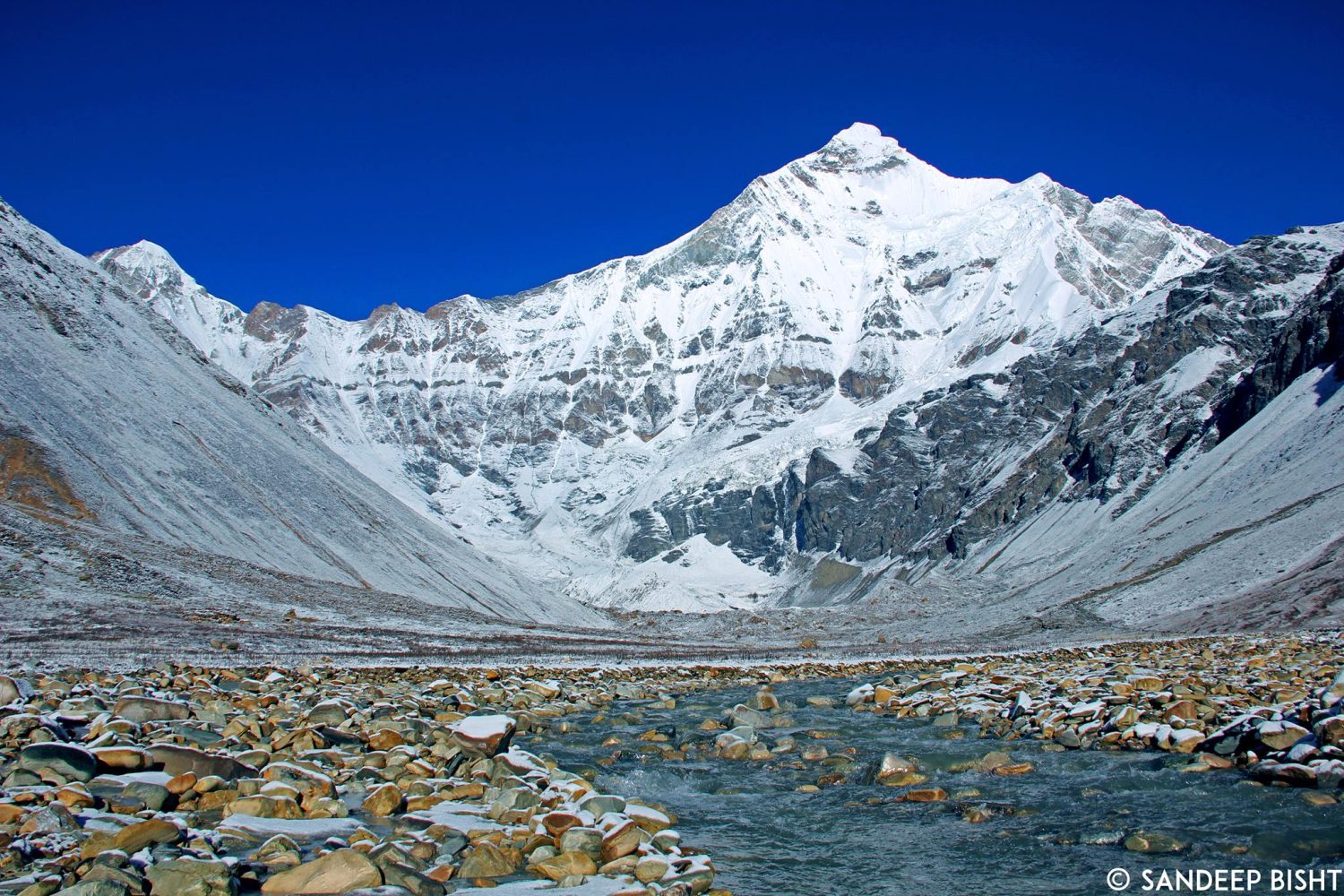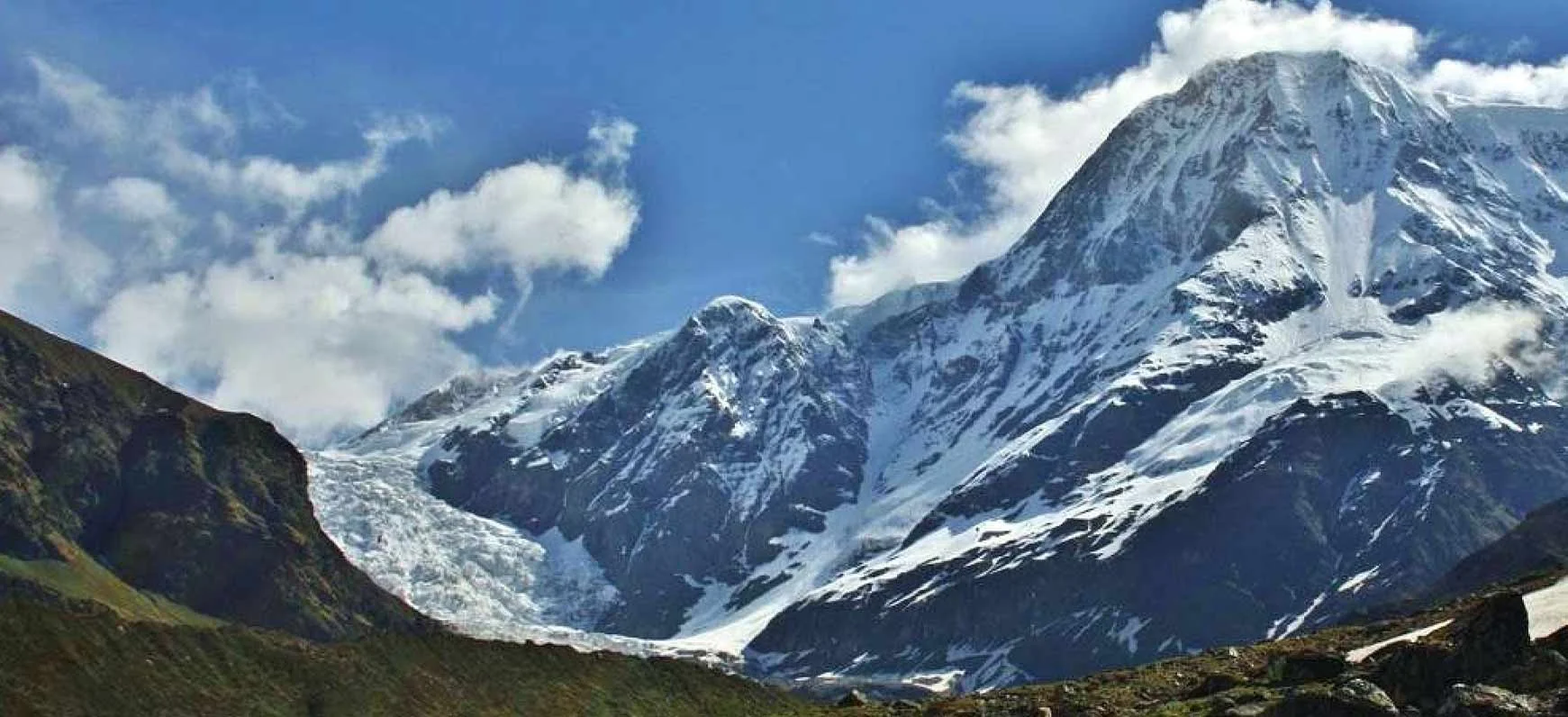Pangarchulla Peak Trek: The Perfect Himalayan Summit Challenge
The Pangarchulla Peak Trek is a thrilling summit climb in Uttarakhand, offering breathtaking views of the Garhwal Himalayas. Rising to 4,590 meters, Pangarchulla is often called the "mini Stok Kangri" due to its challenging yet achievable summit. The trek takes you through oak and rhododendron forests, alpine meadows, and snow-covered ridges, rewarding you with panoramic views of Nanda Devi, Chaukhamba, Hathi Parvat, and Kamet from the top. This trek is perfect for those looking to attempt a non-technical Himalayan summit.
Summit Adventure
The summit push is the highlight of this trek. Starting before dawn, trekkers climb steep snowy ridges that test endurance and determination. The feeling of standing on the top, surrounded by 7,000-meter peaks, is unforgettable.
Scenic Trail
The trek passes through enchanting oak and rhododendron forests, vast meadows like Khullara, and campsites offering incredible night skies. Seasonal snow makes the trail even more magical.
Why Choose Pangarchulla
Pangarchulla is an ideal trek for those who want to attempt a real Himalayan summit without full mountaineering gear. It balances adventure, challenge, and beauty, making it one of the top summit treks in Uttarakhand.
